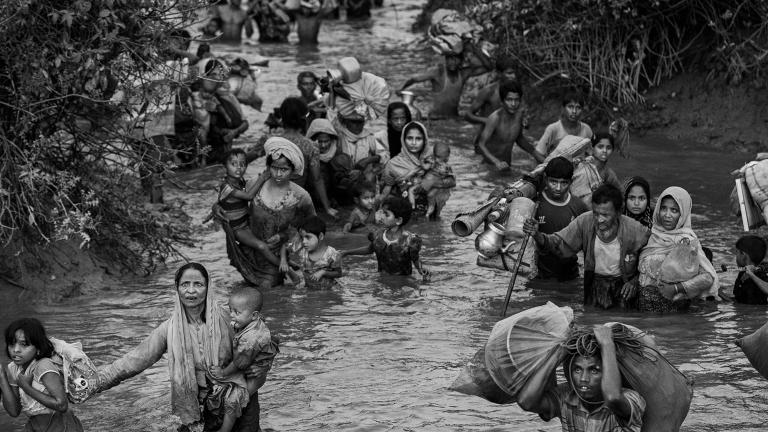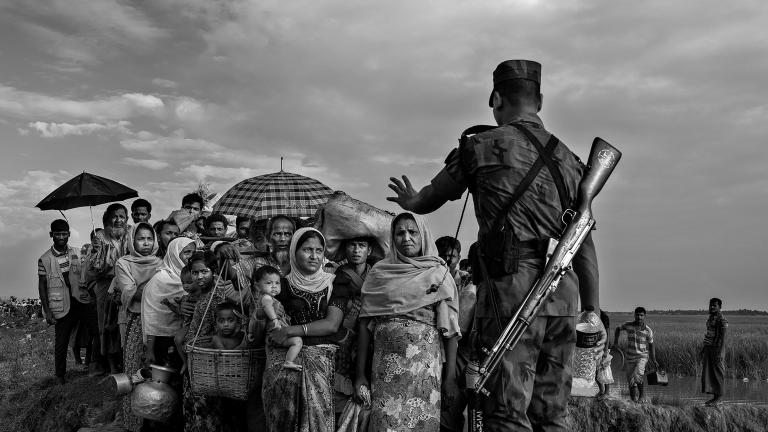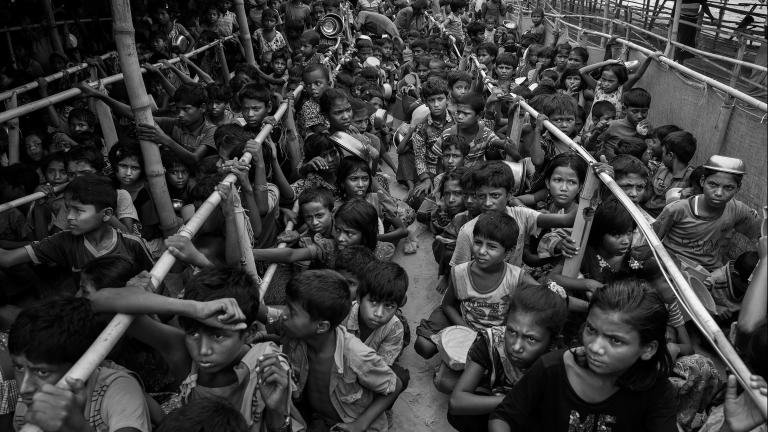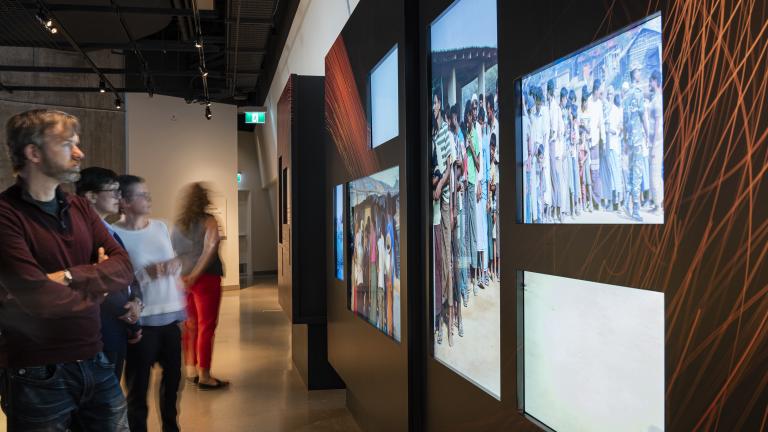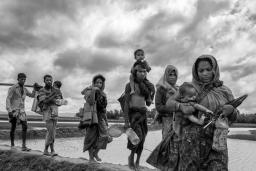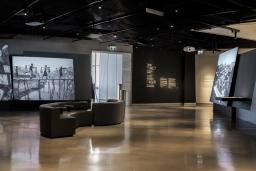The Rohingya people of Myanmar are in the midst of a massive displacement of families and communities to refugee camps in Bangladesh. After decades of violent persecution, they suffered the genocide of their people by Myanmar military forces, followed by an ongoing humanitarian crisis.
Time to Act: Rohingya Voices compassionately portrays the plight of the Rohingya people. It also captures their call to the world to recognize Myanmar’s effort to dehumanize and eradicate them. People and communities worldwide are compelled to consider what action to take.


